What is Challenge Testing?
When it comes to formulating we rely on cosmetic chemistry and third-party testing to ensure that our entire product line is safe, effective and stable. While there are many different types of product testing available, we wanted to talk about one that is vital to ensure your products are free and clear of contaminants.
Challenge testing is a crucial process in the field of product development and quality control. It is essential for ensuring that products are safe for the marketplace. Products are subjected to rigorous testing to identify any potential issues, such as microbial contamination or product instability, before they reach consumers. This type of testing also helps to validate the effectiveness of preservatives and antimicrobial agents used in products which is crucial for preventing microbial growth and ensuring product safety over time.
During challenge testing, products are exposed to various stress factors, such as temperature fluctuations, pH changes, and microbial contamination. The products are then monitored over a specified period to assess their performance under these conditions. Microbiological testing is also a key component of challenge testing. This involves inoculating products with specific strains of bacteria, yeast, or mold to determine their resistance to microbial growth.
For us, this process is completed off premises with a third-party microbiological lab that we have worked with since 2012. To prepare for this type of test we formulate, manufacture and package 500 g of a product in our lab and send it to their lab for a sterility test before the challenge test begins. This first part is important because if a product were to be formulated and manufactured in an unsanitary manner, it would not pass the sterility test. In order to undergo challenge testing the product must arrive free and clear of any contaminants and must be deemed "sterile" per the microbiological report.
After a product passes sterility, they move on to inoculating the product with specific strains of bacteria, yeast, or mold to determine the resistance to microbial growth. They typically use a high concentration of both gram negative and positive strains of bacteria like Escherichia coli and Staphylococcus aureus along with additional bacteria, yeast and fungi. All the yucky stuff a product could be in contact with in a typical environment outside of our lab.
The process of inoculating happens in two parts. On day 1 the product is contaminated and there must be clear evidence that the preservation system is able to fight off and reduce the microorganisms during first inoculation phase. If the formulation is able to protect itself then it passes the initial phase and the product is then reinoculated on day 14 with another round of contaminants. At day 21 the formulation is analyzed to track any presence of microorganisms and at day 28 the testing is deemed complete if the formulation passes both the first and second portion of the challenge. At that time the product will be marked as "pass" and the formulation is considered to be safe and effective and ready for consumers to use and enjoy.


